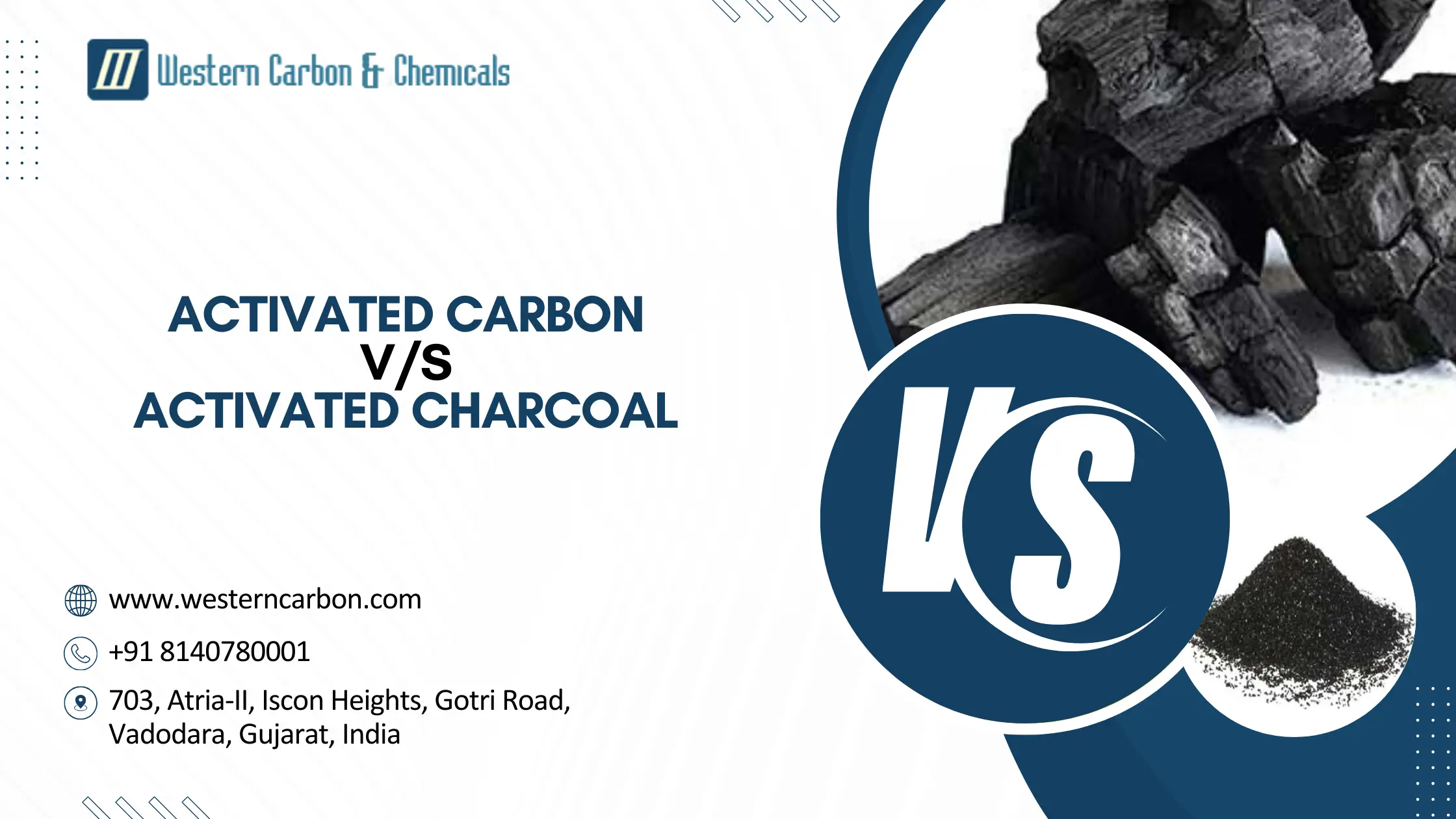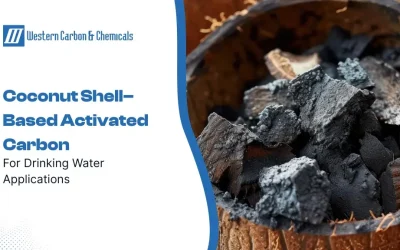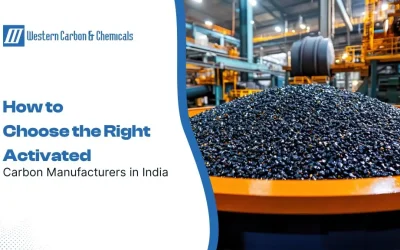Activated carbon and activated charcoal are highly carbonaceous and porous materials that filter contaminants from air and water. The terms are usually interchangeably used, but there are minor differences between activated carbon and activated charcoal. While both materials are rich in carbon, their characteristics and construction are different. This blog explores the differences between activated carbon and activated charcoal to help you pick a suitable alternative.
What’s the Difference Between Activated Carbon and Activated Charcoal?
To understand the what’s the difference between activated charcoal and activated carbon, one needs to know activated carbon and charcoal.
What is Charcoal?
Charcoal is a type of carbon produced by burning wood or other organic material in the absence of oxygen. The material is heated at a high temperature without the presence of air to prevent the formation of volatile matter from evaporating and leaving high-purity carbon. The result is a thin and porous material used in different industries.
What is Activated Carbon?
Activated carbon is a highly porous material with a unique microporous structure and high surface area. It is an effective adsorbent because its microporous structure allows it to trap and hold molecules on its surface. Activated carbon is widely used in water and air purification, gold recovery, food and beverages, and pharmaceuticals.
Activated Carbon vs Charcoal
The significant difference between activated carbon and charcoal is the carbon source they are made of. While charcoal is produced from wood, activated carbon is made using materials like coconut shells, wood, coal, coir, petroleum pitch, or nutshells. Both materials are hard and porous, allowing contaminants to be captured. Activated carbon is a preferred choice as it is carbon-rich and high-purity. Western Carbon & Chemical is a coconut shell activated manufacturer in India. We offer customization in terms of sieve size, hardness, CTC absorption, and iodine value per specific application.
What is Activated Charcoal?
Charcoal undergoes specific processing to increase its surface area and adsorb specific chemicals and molecules. It is heated at a high temperature in the presence of a chemical or gas that forms several holes and channels on its surface. Methods like steam activation, chemical activation, and physical activation are employed and are known as activation.
Activated Carbon vs Activated Charcoal
Activated Carbon is produced using carbon-rich materials subjected to high temperatures and chemical treatment. In contrast, activated charcoal is produced by burning carbonaceous materials in the absence of oxygen. The major difference between activated carbon and activated charcoal is how they are produced. Activated carbon is more porous than activated charcoal, making it a better alternative for filtration applications.
Conclusion
Understanding the differences between activated carbon and activated charcoal is key to selecting the suitable material for your specific needs. While both are highly carbonaceous materials, they are produced using distinct carbon sources and activation processes. Making an informed choice can significantly impact the effectiveness of your filtration applications. Western Carbon & Chemicals, as the top activated carbon suppliers in India, are here to assist you in making the right decision. We offer top-quality and high-purity activated carbon in different forms, such as pellets, granular activated carbon, and powdered. Contact us to discuss your requirements further.





